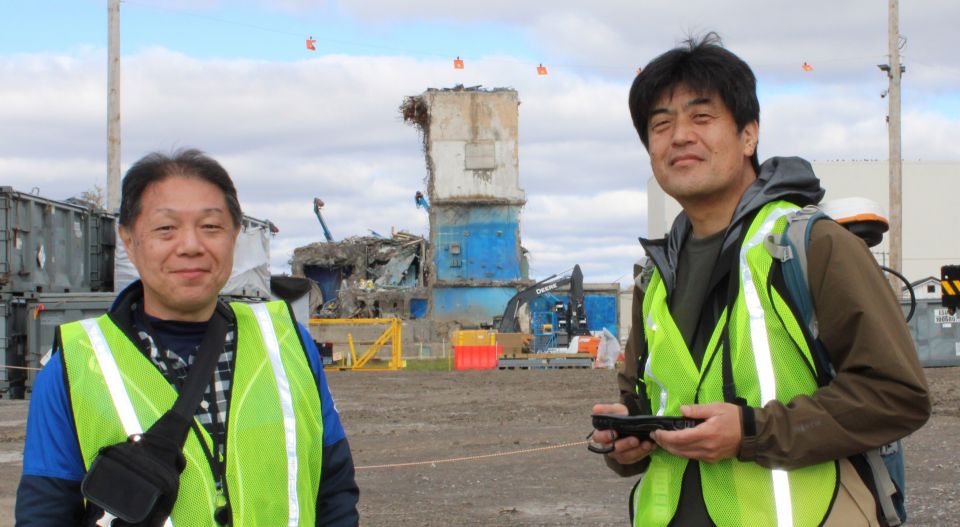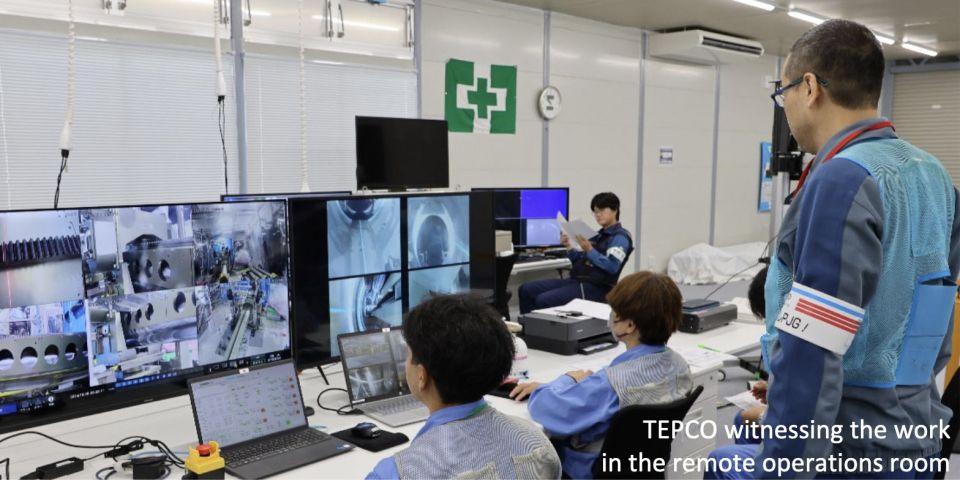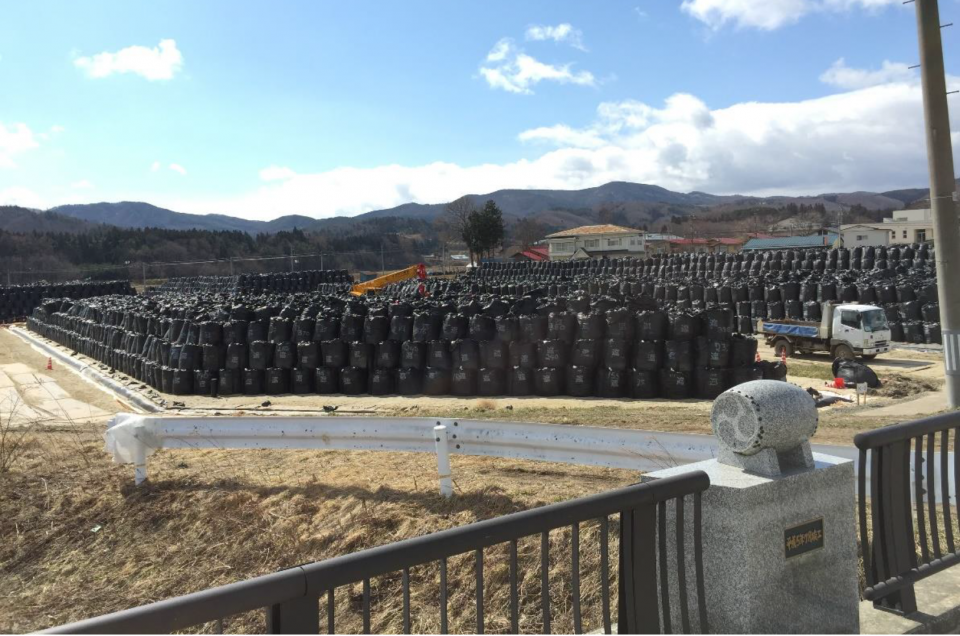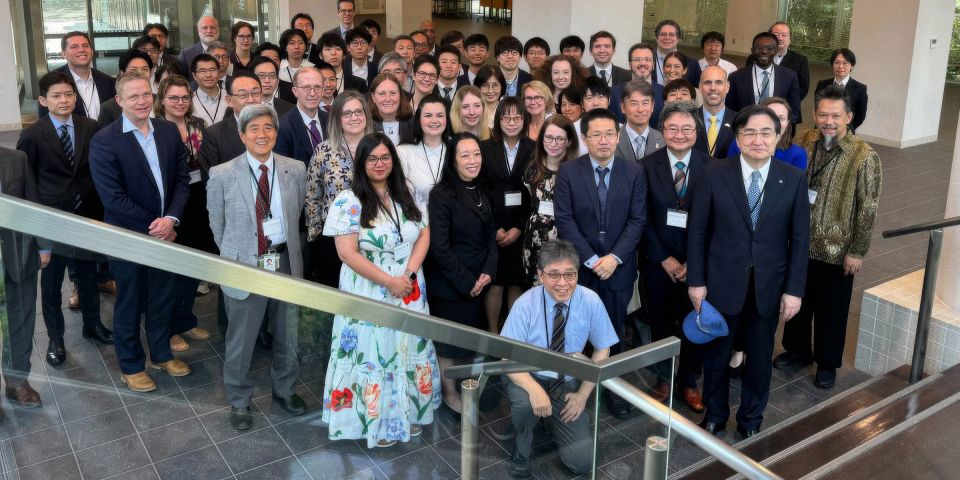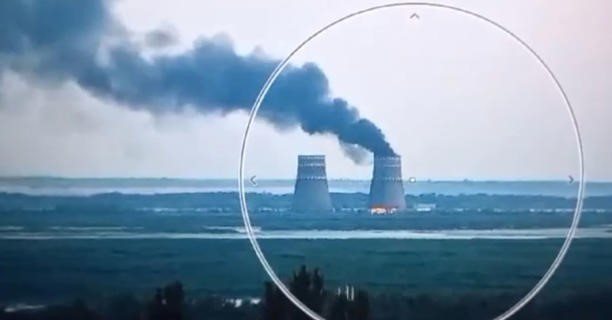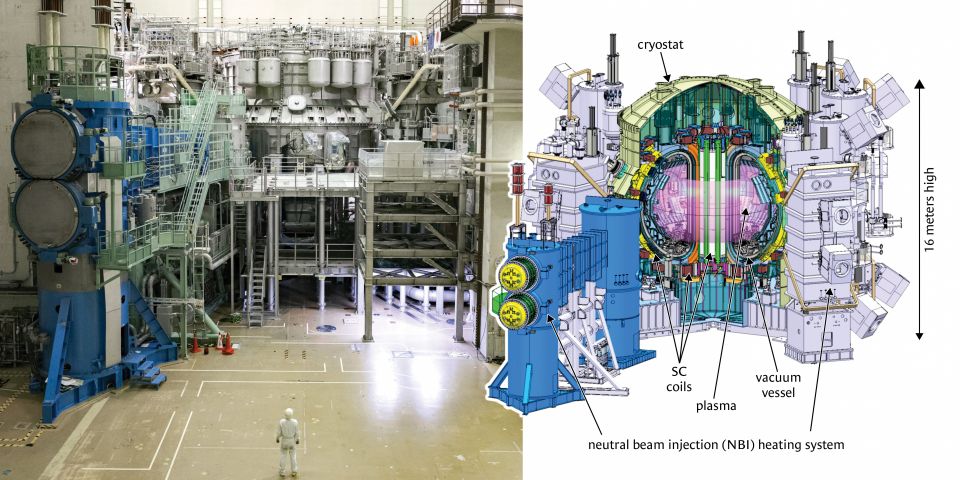Japan currently relies on fossil fuels for 70 percent of its energy production. Muto called for Japan’s pursuit of both atomic and renewable energy sources to meet growing demand without increasing carbon emissions, according to Bloomberg.
Muto’s comments and those made recently by Ishiba point to a continuation of former prime minister Fumio Kishida’s direction to revive nuclear power in Japan, which has been under a microscope for more than a decade since the 2011 Fukushima Daiichi disaster.
Getting back on line: As he left office, Kishida spoke in support of restarting the world’s largest nuclear plant, Tokyo Electric Power Company’s Kashiwazaki-Kariwa in western Japan, which shut down alongside all of the nation’s nuclear facilities following the Tōhoku earthquake and tsunami.
The facility was not directly impacted by the earthquake and tsunami, but preventative measures taken in recent years aim to make Kashiwazaki-Kawira even safer if a similar natural disaster struck the area. The plant has the largest production capacity in the world, with seven reactors on-site.
Of Japan’s 33 operable nuclear reactors, 12 have resumed operations after meeting post-Fukushima safety standards.
According to the International Atomic Energy Agency, nuclear generated about 6.1 percent of the Japan’s electricity in 2022. The Tokyo-based Japan Atomic Industry Forum said the fleet generated 81 terawatt-hours of electric power in 2023, about 50 percent higher than in 2022, NucNet reported.


